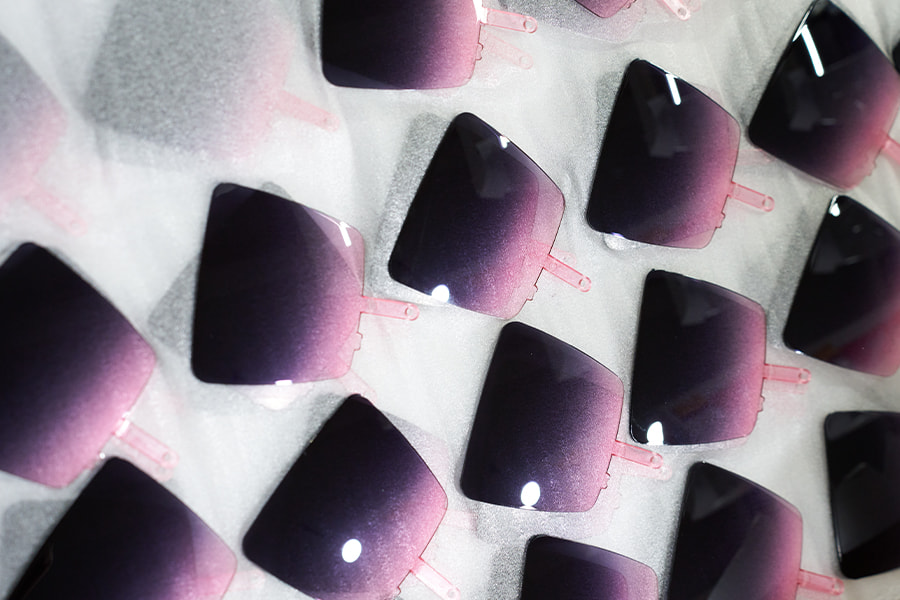



Cycling, whether as a recreational activity or a competitive sport, demands a unique set of gear designed to enhance performance and ensure safety. Among these essential items, sports cycling glasses play a vital role in protecting the eyes from the elements, improving visibility, and enhancing overall comfort during rides. Over the years, the evolution of cycling glasses has mirrored advancements in technology, materials, and understanding of both comfort and performance needs.

The concept of protective eyewear for cycling dates back to the early 20th century. At this time, eyewear was predominantly about function rather than fashion. Cyclists needed glasses to shield their eyes from dust, wind, and debris encountered while riding at high speeds. Early sports cycling glasses were simple, often made of leather or cloth frames with tinted lenses. These were rudimentary designs that primarily focused on protecting the eyes from the harsh outdoor elements, though they lacked the sophisticated features seen in modern eyewear.
During this time, the materials used were basic and not optimized for sports. Leather was often used for the frame because of its flexibility, while the lenses were typically made of glass. Glass lenses, although clear and durable, were heavy and prone to breaking, posing potential risks for cyclists during a crash. The focus remained on simple, durable eyewear that could withstand the environmental conditions, but the comfort and performance aspects were secondary concerns.
As cycling gained popularity in the 1960s and 1970s, particularly with the rise of competitive cycling, the demand for more advanced eyewear grew. During this period, manufacturers began experimenting with new materials to improve both the performance and comfort of cycling glasses.
Plastic frames became more popular due to their lightweight nature and ability to be molded into different shapes. Polycarbonate lenses also started to replace glass as the material of choice for cycling glasses. Polycarbonate is lighter than glass, less prone to shattering, and more impact-resistant, making it a safer option for cyclists who may experience falls or collisions. The use of plastic and polycarbonate marked a significant turning point, as it allowed for more comfortable glasses that were safer to wear during high-speed cycling.
Lenses also started to become more specialized during this era. Early tinted lenses, often brown or grey, were designed to reduce glare from the sun, improving visibility on bright days. This was crucial for cyclists, as glare could significantly impair vision during long rides or races. The introduction of UV protection also became important, as more was learned about the harmful effects of UV rays on eye health. Thus, sports cycling glasses began offering a combination of comfort, safety, and enhanced vision for cyclists.
With the growing interest in professional cycling and the increasing demand for specialized gear, the 1990s and early 2000s saw a surge in performance-enhancing features for sports cycling glasses. This was a period where eyewear started to evolve from a simple protective accessory to a key component in a cyclist's gear, designed to optimize performance.
One of the major advancements during this time was the development of interchangeable lenses. Cyclists could now swap out lenses based on different light conditions, making it possible to ride safely and comfortably in varying environments. Clear lenses for low-light conditions, yellow or orange lenses for overcast weather, and dark lenses for bright, sunny days became popular options, giving cyclists flexibility in how they used their eyewear.
Additionally, frame designs became more aerodynamic, with an emphasis on reducing wind resistance. Lighter, more durable materials such as titanium and high-grade plastics were used for the frames, offering strength without adding excess weight. Anti-fog coatings were also introduced to combat moisture buildup on the lenses, which could impair vision during intense physical exertion.